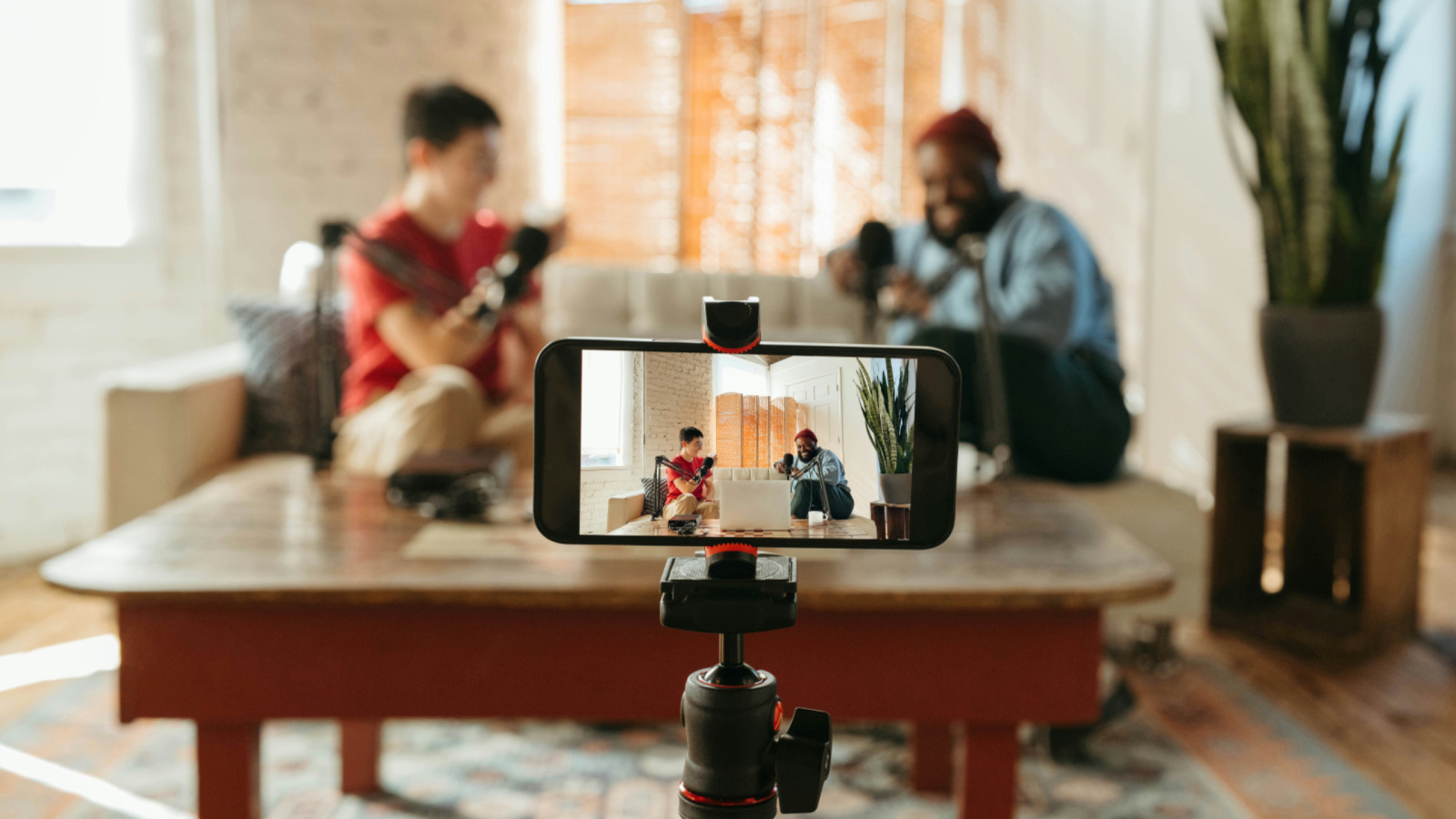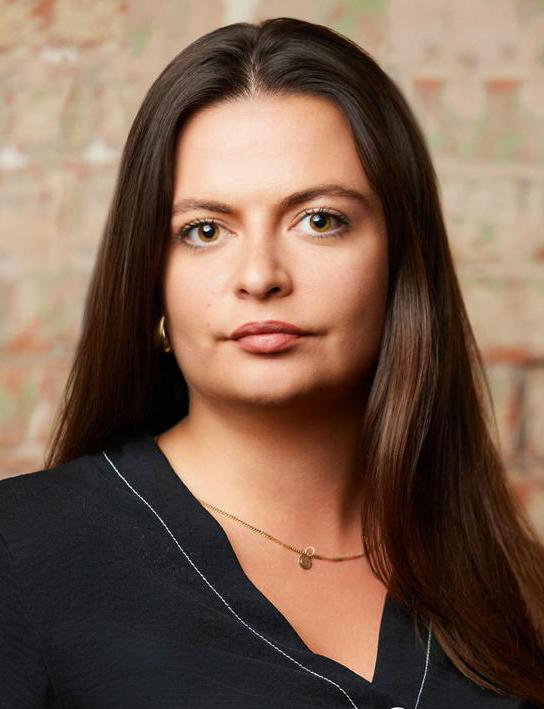The rise of video podcasts: people-watching reimagined or a necessary evolution?

Photo: Stephanie Berbec

Human nature and human nosiness seem to go hand in hand. There is something undeniably compelling about getting a view into someone else’s world. Historically, this would be in the form of a coy walk past a living-room window’s undrawn curtains in the street. Today, we have other digital avenues to explore – an un-blurred zoom background, or increasingly, the video feed of a podcast. The rise of video podcasts has been framed as an inevitable evolution of the medium, a way to deepen engagement, and a natural progression in an era where audiences demand more visual stimuli. Is it really an improvement to the medium, or does it just repackage podcasts as another method for our lockdown zoom spectatorship?
The Allure of the Spontaneous
While listening to a recent question time episode of The Rest is Politics, I found the conversation drifting away from weighty geopolitical analysis to commentary on how much the listeners like Alastair Campbell’s glasses. Then, from there, onto Rory’s mug. Stewart, ever the self-aware commentator, acknowledged the detour with a wry, “Available from all good stoneware sellers, but that’s not what I’m here to talk about.”
How long can these tangents be brushed off as charming asides?
Let’s be honest, we have all scrutinised a Zoom background, obsessed over bookshelf titles or debated whether we have seen that framed print before. To expect otherwise ignores our innate curiosity, even our humanity. After all, MTV Cribs ran for over ten years.
Yet, there is a tension here. When listeners tune into a podcast for insight, does the video element enhance the experience, or distract from it? Worse, does it encourage performative tangents that dilute the original intent of the medium?
Featured Report
Defining entertainment superfans Characteristics, categories, and commercial impact
Superfans represent a highly valuable yet consistently underleveraged audience segment for the entertainment industry. What drives this disconnect is the fact that – despite frequent anecdotal use of the term – a standardised, empirical definition remains absent, preventing companies from systematically identifying, nurturing, and monetising th...
Find out more…The rise of set design and it’s consequences
Traditionally, one of podcasting’s greatest strengths has been its low barrier to entry. Hosts can record from their living room, kitchen table, or home office – no studio required. This accessibility has allowed for raw, unfiltered conversations and enabled a diverse range of voices to enter the space. To some extent, it has been the cornerstone of the medium’s success.
As audiences become even more inquisitive, podcasters are swapping their authentic backgrounds for curated polished sets. Some high-profile video podcasts already resemble talk shows, with glossy sets and stylised production. Flight Story productions like We Need To Talk and Begin Again are filmed in professional studios, that are not the host’s own spaces. While this protects privacy, the side effect is a new, more expensive barrier to entry.
This shift toward premium video could reshape podcasting in two distinct ways.
Firstly, it risks marginalising emerging voices. Aspiring hosts, often working with overstretched budgets, may find themselves edged out if professionally designed sets become the norm. Where compelling stories are not heard because the tellers cannot afford the backdrop.
Secondly, it might put off established hosts. Many top podcasters value being able to record from their own homes - it is comfortable, authentic and hassle-free. If video podcasts demand either a studio commitment or a meticulously styled home setup, will they still bother? Or will we lose candid conversations in favour of overproduced, sanitised interviews?
The risk? A medium built on intimacy starts producing the content of any other platform.
Future of choice, or force evolution?
The podcast industry is at a crossroads. Video unlocks new revenue streams (YouTube ad money, sponsorships tied to visual branding) and caters to audiences who prefer watching over listening. However, it also risks alienating those who fell in love with podcasting precisely because it wasn’t TV.
Perhaps the answer lies in intentionality. Not every podcast needs a video component, and not every conversation benefits from being watched rather than heard. The best approach may be to allow space for both formats to grow and not assume video is the outright route to success, just because it is where the money is, for now at least.
If the podcast format is to remain inclusive, accessible, and creatively rich, the industry must resist turning video into a default. Let’s champion diversity in form as well as content and ensure creators are empowered to choose the format that fits their voice, not just the one that fits the trend.

The discussion around this post has not yet got started, be the first to add an opinion.